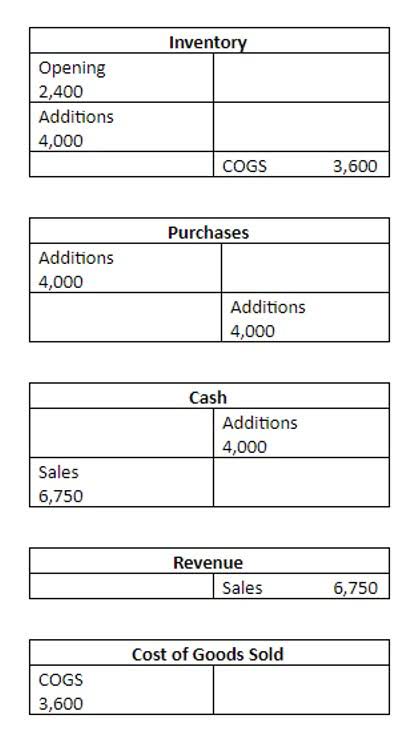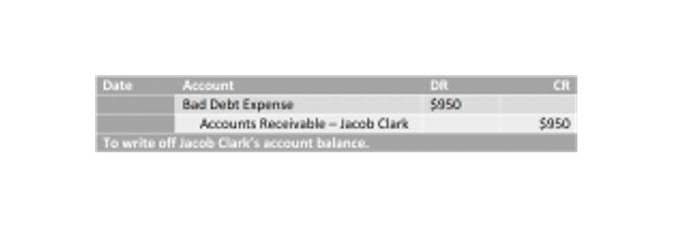
Outstanding checks are checks that have been issued but not yet presented for payment or cleared by the bank. They represent pending transactions where the funds have not yet been deducted from the issuer’s account. These checks can pose risks such as overdrawing the account, potential fraud, accounting discrepancies, and delayed financial reporting. We will assume that an outstanding check has appeared on the outstanding check list that is part of the company’s bank reconciliation for at least four months.
- However, on the date of the bank statement, the amount of the check (i.e., $7,000) was shown in the bank account.
- As mentioned above, you may need to return the original check or sign documents confirming the check is lost or destroyed.
- As businesses have to abide by the unclaimed property laws, any checks that have been outstanding for a long time must be remitted to the state as unclaimed property.
- Businesses that mishandle these kinds of accounting situations are effectively in violation of the law.
- On your reconciliation sheet, outstanding checks are often subtracted from your balance per bank because these withdrawals have not yet happened but are simply a timing matter.
Stop Payment
As a result, your bank account balance may fall below $0 and incur overdraft fees. It’s possible that the bank could also decline to honor the outstanding check, as well. Bouncing an outstanding check can lead to financial consequences, recording transactions such as fees imposed by the bank, damage to your credit rating, and potential legal actions from the payee.
Outstanding Business Checks
Remember, identifying outstanding checks requires regular monitoring and consistent record-keeping. It is crucial to maintain accurate and up-to-date financial records to ensure that outstanding checks are promptly identified and resolved. By implementing these practices, businesses can effectively manage outstanding checks and maintain accurate cash flow records. Accounting professionals understand the importance of keeping an accurate and up-to-date record of outstanding checks. This information is vital for financial reporting, budgeting, and decision-making.

Best Practices for Managing Outstanding Checks

It is worth noting that outstanding checks are different from voided checks. Voided checks are checks that have been rendered invalid and are no longer considered part of the company’s outstanding obligations. Voiding a check usually occurs when there is an error or when a check needs to be cancelled for any reason, such as a payment dispute or a duplicate payment. If a payee receives a check and does not present it for payment at once, there is a risk that the payer will close the bank account on which the check was drawn. The payee’s bank will then reject the check due to not sufficient funds, and will charge the payee a fee. In this situation, the payee will need to ask the payer for a replacement payment from a valid checking account, and may demand compensation for the NSF fee.
Treatment of Unpresented Checks in Bank Reconciliation Statement FAQs

Outstanding checks aren’t necessarily inherently bad; however, there are some risks and downsides to have checks linger. Someone on our team will connect you with a financial professional in our network holding the correct designation and expertise. Ask a question about your financial situation providing as much detail as possible. Our mission is to empower readers with the most factual and reliable financial information possible to help them make informed decisions for their individual needs.
What are the effects of unpresented checks on bank balance?
Keep track of it and contact the payee if you suspect they’ve forgotten https://www.bookstime.com/ or misplaced the check. If you’ve received an outstanding check, deposit or cash it promptly. If you’ve issued an outstanding check, you need to monitor your account. The money to cover the check must be available when your recipient deposits the check. It is imperative for an issuer to provide payees with timely communication regarding the issuance of a check as well as any pertinent details as soon as possible.
- At first glance, this may seem like a positive turn of events for the payer.
- Overall, understanding the concept of outstanding checks is crucial for accurate financial reporting and cash management.
- Best practices for managing and clearing outstanding checks include regular bank statement reconciliation, promptly voiding or canceling unused checks, and maintaining proper record-keeping.
- This is because the check will be eventually be presented; that’s why we will not alter our cash book.
- If a payee receives a check and does not present it for payment at once, there is a risk that the payer will close the bank account on which the check was drawn.
- Outstanding checks also provide the opportunity for payment delays, which can be advantageous when it comes to managing cash flow.
Financial Literacy Matters: Here’s How to Boost Yours

However, if the payee delays depositing the check, then the payment does not clear the payor’s account. The amount of the check still cannot be used by the payor, as it’s promised to the payee, even though the bank account balance has yet to reflect the check payment. When the check is cashed or deposited, it is no longer considered outstanding, and the payor can reconcile the payment with the pending transaction. On a bank statement, an outstanding check means the check amount has been deducted from your account balance but the bank has not processed it yet. You can also consider digital money transfers to avoid the issue of paper checks entirely.
Outstanding checks also provide the opportunity for payment delays, which can be advantageous when it comes to managing cash flow. The person who writes a check that is not immediately presented for payment is able to maintain control over the timing of the withdrawal of funds from their own account if the check is not immediately offered for payment. Even if the checkwriter has sufficient funds, any delay from the depositor simply means higher interest revenue on the capital balance waiting to be drawn down. The payor must be sure to keep enough money in the account to cover the amount of the outstanding outstanding check definition check until it is cashed, which could take weeks or sometimes even months. The bank will only debit the depositor’s account when the check is presented to it, and this will be paid by the bank.So, as long the check remains unpresented, a disparity will exist between the balances of both the books.
Which side of the cash book is credited when an unpresented check is issued?
By accurately tracking and reconciling outstanding checks, businesses can maintain the integrity of their financial statements and ensure that cash outflows are properly accounted for. When preparing financial statements, one doesn’t directly add outstanding checks to the balance sheet. Instead, they consider it during the bank reconciliation process to ensure that the cash balance reported on the balance sheet is accurate. Best practices for managing and clearing outstanding checks include regular bank statement reconciliation, promptly voiding or canceling unused checks, and maintaining proper record-keeping.

